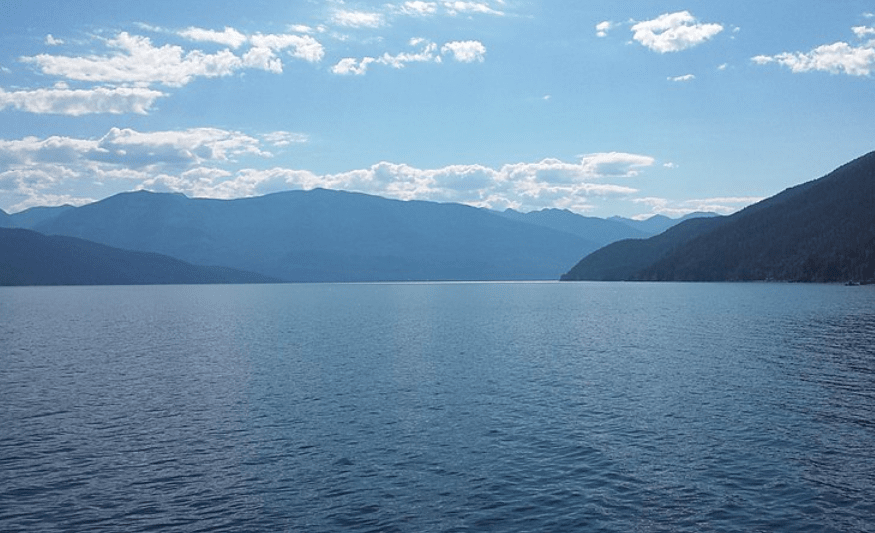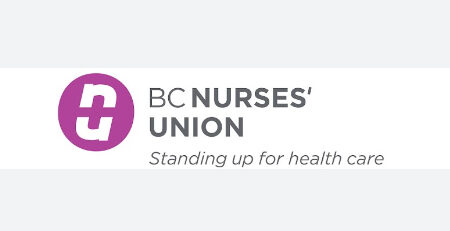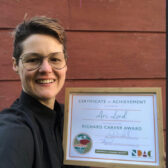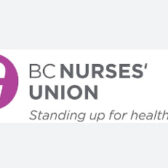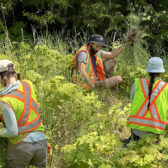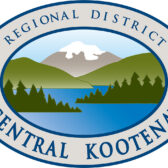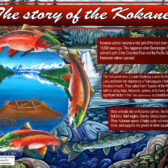New review attempting to reverse loss of Kootenay Lake natural shoreline
Approximately 4.5 kilometres of natural shoreline has been lost around Kootenay Lake in the last nine years, prompting a regional district review of the development activities on shoreline properties.
Last year Living Lakes Canada conducted a foreshore integrated management planning (FIMP) project for Kootenay Lake in order to record any shifts in the ecology since 2012, discovering the loss of natural shoreline — with 91 per cent occurring on residential property.
The losses could climb unless people adhere to better shoreline stewardship principles, said Corey Scott, Regional District of Central Kootenay (RDCK) planner.
“The science tells us that the majority of shoreline disturbances that are degrading the environment of the lake that supports fish and wildlife habitats are happening on residential lands at the individual property level,” he said.
As a result, the RDCK is undertaking a review of its environmental development permit areas (EDPA) on the lake — through four electoral areas and over 400 km of shoreline — in order to clarify and streamline the rules along the water, thereby reducing the losses and reversing the damage.
“Without consistency around the lake, development may become focused on areas with lesser requirements and could actually create greater lake-wide impacts,” noted RDCK communications coordinator Dan Elliott in the release.
Although the EDPA and a review sound ominous, the intent is not to prevent property owners from building near the lake, he explained, but to create rules to protect riparian areas — transition areas between land and water.
The purpose of an EDPA is to ensure development activities on shoreline properties are undertaken in a way that is consistent with a community’s expectations, which should be embedded into an EDPA’s guidelines, said Scott.
“While it is preferred to avoid disturbance of riparian areas altogether, development within them is not prohibited,” he said. “However, having an EDPA ensures professional oversight by a qualified environmental professional to educate property owners on the habitat along the shoreline and recommend mitigation strategies to minimize impacts to sensitive riparian areas when development takes place.“
The regional district has four electoral areas on Kootenay Lake, three with EDPA’s — area A, D and E — and one without (Area F).
Scott said the regional district intends to revise the EDPA so it is “rigorous where it needs to be” and ensuring protection of riparian areas, while allowing for property owners to get approved for a permit.
“We find that most property owners’ intentions are aligned with shoreline stewardship principles, but the actions they can take to uphold those principles may not be clear,” he explained. “The EDPA for the lake will help provide that clarity.”
Any changes to the permit areas will not affect any current developments, but will apply to anything coming forward — any future building, soil disturbance, or vegetation removal — and could prompt the need for a permit.
Note:
• For more information on EDPA’s and how to get involved in the review, visit the project webpage: www.rdck.ca/KootenayLakeDPA.


